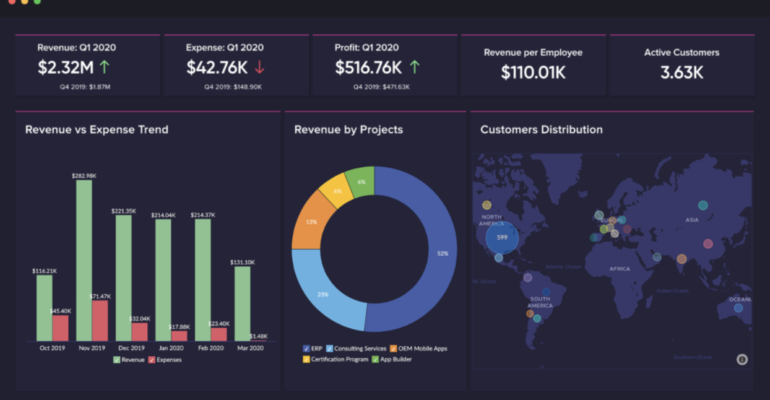How to Present Insights to Non-Technical Stakeholders & Audience

How to Present Insights to Non-Technical Stakeholders & Audience
Communicating with non-technical stakeholders can present a challenge when discussing a proposed business solution or the application and deployment of a new technology model for a business problem. This is a common struggle for everyone from the CDO (Chief Data Officer) to junior data professionals when it comes to clearly communicating complex technical concepts to executive leadership, internal and external clients, and customers alike. It may even feel like you’re speaking two completely different languages as you get into more in-depth discussions.
The data science workflow and project lifecycle is a daunting process filled with many technical comments, language, and constructs in the build-up process, leaving the non-technical stakeholders with no clear understanding of the impact of the project. It is clear to note that the essence and priority of the entire journey is the communication of the impact of the findings and solutions to management executives, internal or external customers, and stakeholders.
By experience, I noticed most data scientists work and focus only on developing and deploying Models and Machine Learning solutions, giving little to no attention to strategies to communicate their results to a non-technical audience. This creates a wide gap in the minds of the audience as to what the impact of the solution is all about.
No management executive or stakeholder cares about the fancifulness or technicality of your model or codes. What they are interested in, is how you’re proposed model or solution communicates and translates to business impact or value.
As technical experts and data leaders, we should endeavor to simplify complex comments and concepts into understandable components for the non-technical audience to comprehend. By this, we make it easier for the non-technical stakeholders to understand tech on a high level. This exerts a degree of leadership and influence within the context and domain.
When communicating your findings, it’s got to do a lot more with your target audience. A few approaches to guide us to communicate our results properly can be found below.
Know your Audience
This is the first of many steps to communicating effectively. Learning who your audience is will ensure you come up with a structure and choose an appropriate approach to driving your message home as Data Leaders. Some notable points here could include:
i) Finding out the audience backgrounds and expertise
ii) Gauging their level of knowledge on the subject matter beforehand
iii) What does the audience need to know?
iv) How will the audience use the information?
Leverage Visualization
As the saying goes, a picture is worth a thousand words. Human beings generally can grasp concepts in pictures much faster than they can digest words. Using visuals to communicate thoughts and processes facilitates engagements and can make it easier for a non-technical audience to understand concepts at a very high level. Create an illusion of data flow in form of directional arrows. Connect the box to visualize integrated systems. Some visual software out there includes Plotly, PowerBI, Tableau, Powerpoint, etc. as the case may be depending on your need.
Also, using visual storytelling helps to effectively communicate technical results to non-technical audiences
Choose your Communication Channel
Effective engagement with non-technical stakeholders entails choosing the right platform to communicate technical results and findings. Meeting rooms should be serene and conducive and it’s advisable to have a smaller group for proper engagement and interactions. Data techcon
This is only made possible when you have tracked the customer’s behavior which can onlyCommunication is a two-way path. Listening and giving feedback. It’s not always about articulating your personal views and ideas. Listening and receiving feedback are as important. Clear communication is the key to both understanding and explaining thoughts and processes to a non-technical audience. By maintaining simple language, and following a straightforward explanation strategy, it becomes easier for the non-technical stakeholders to understand technical concepts at a high level.
In conclusion, clear communication leads to clear business impacts and better Data and Technical Leaders. Data Techcon power bi and tableau training covers in depth details on ways to deliver and communicate insights to stakeholders effectively.

